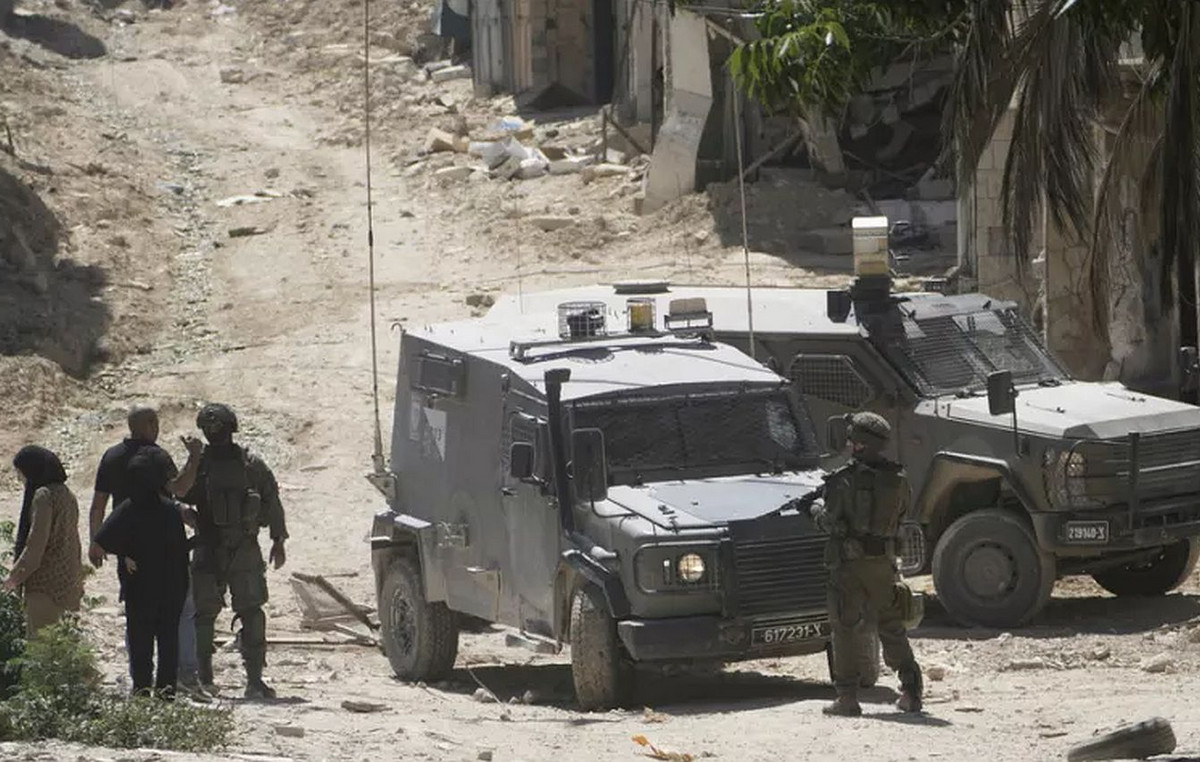O lymphoma is cancer that affects lymphocytes, cells responsible for protecting the body from infections. That type of cancer develops mainly in lymph nodes, also called lymph nodes.
According to estimates from National Cancer Institute (Inca), each year more than 14 thousand new cases of the disease are registered in Brazil. The most updated data on deaths in the country are from 2020, when 4,357 deaths from non-Hodgkin’s lymphoma and 455 from Hodgkin’s lymphoma were recorded.
In Brazil, lymphomas are the eighth most common form of cancer, with an incidence of around 6 people per 100,000 inhabitants, with a slight predominance of men over women. The risk of death from lymphoma is about 2 for every 100,000 people, according to the Ministry of Health.
This Thursday (15th), the World Lymphoma Awareness Day alert to the importance of early detection of the disease.
Understand what lymphomas are
The lymphatic system, composed of lymph nodes (or nodes), vessels and tissues, is part of the immune system, being responsible for the production of cells that act in the body’s defense. When a cancer originates in this system, it can be considered Hodgkin’s lymphoma or non-Hodgkin’s lymphoma.
The difference between the two types lies in the way the cancer spreads: Hodgkin’s lymphomas spread in an orderly fashion, from one group of lymph nodes to the other, through the lymphatic vessels. In the case of non-Hodgkin’s lymphomas, the cancer spreads in an orderly fashion.
The tissues of the lymphatic system are spread throughout the body, which allows cancer to originate anywhere. According to Inca, there are more than 20 different types of non-Hodgkin’s lymphomas.
“There are more than 40 subtypes of lymphomas. As for the type of cell of origin in non-Hodgkin’s lymphomas, we have B, T and non-B and non-T lymphomas, NK cells. Considering the most common, we have diffuse B-cell non-Hodgkin lymphomas, which correspond to 30%, and follicular lymphomas, with about 22% of all cases, followed by mantle cell lymphomas, marginal zone cells, Hodgkin’s lymphomas, among others”, says the hematologist Ricardo Bigni, head of the Hematology Section at the Inca Cancer Hospital I, in Rio de Janeiro.
Signs and symptoms that may indicate lymphoma
The main symptoms of non-Hodgkin’s lymphoma are enlargement of the nodes in the neck, armpits or groin, excessive night sweats, fever, itchy skin, tiredness and weight loss of more than 10% for no apparent reason.
Because Hodgkin’s lymphoma can appear anywhere in the body, symptoms depend on the location. Cancer in the lymph nodes in the neck, armpits, and groin may have lumps or swelling in the lymph nodes, which are painless. When the disease affects the chest region, coughing, shortness of breath and chest pain are common. In the pelvis or abdomen, symptoms are abdominal discomfort and distention.
The Inca hematologist explains that lymph nodes or lymph nodes can increase for different reasons, including infections and inflammatory diseases. According to the specialist, in general, lymph nodes enlarged by these conditions are sensitive to touch. Unlike lymph nodes affected by cancer, which tend to be painless.
Bigni emphasizes that the correlation between the symptom and the possibility of lymphomas must be made by health professionals.
“The pain aspect is not common in lymphomas. It is more common to have the enlargement of that structure painless. If the enlargement of that node extends over a period of weeks, it is less likely to be an infection. Then the doctor enters the investigation routine that includes lymphomas,” he explains.
Risk factors
According to experts, in most cases, it is not possible to identify risk or causal factors for the development of lymphomas. However, exposure to radiation and certain types of chemicals can pose a greater risk to people.
“Benzene and some pesticides may be implicated. People exposed in the work environment are at greater risk, which should be monitored. Security protocols to mitigate this exposure must be followed. People with compromised immune systems such as Epstein-Barr virus infection or HIV may also be at increased risk of developing lymphoma,” says Bigni.
The specialist explains that there is no proper way of preventing the development of lymphomas, as in other forms of cancer. “In lymphomas, the best way to act is in early detection and diagnosis, which can allow treatment even in less advanced stages of the disease, with some types of lymphomas considered curable with available therapies,” he says.
How is Lymphoma Diagnosed?
Several types of tests are required for the diagnosis of lymphomas. These tests make it possible to determine the exact type of lymphoma and clarify other characteristics, which allows defining the most effective form of treatment.
Among the tests indicated are biopsy, which consists of removing a small portion of tissue, usually from the lymph nodes, for laboratory analysis, in addition to lumbar puncture, computed tomography and magnetic resonance imaging.
“It is mandatory that a surgical biopsy of the tumor be performed, in general, an enlarged lymph node, and that the material collected goes for histopathological examination to be analyzed by an anatomopathologist. The definition of the exact classification of lymphoma requires that, in this histopathological evaluation, the immunohistochemical exam is included”, says Bigni.
How is the treatment done?
Treatment for each patient is associated with the specific type of lymphoma identified and may vary depending on the location and stage of the disease. In general, patients are submitted to the chemotherapy process, or the association of chemotherapy, or radiotherapy, with immunotherapy, which is a treatment method based on inducing the fight against cancer cells by the patient’s own immune system.
Therapy can also be performed with a combination of drugs given orally or through the veins, called multidrug therapy.
“For the definition of the most appropriate therapeutic option, the physical conditions of the patient and any comorbidities, such as cardiovascular or pulmonary diseases that may compromise clinical tolerance of oncological treatment, must also be taken into account”, says the Inca hematologist.
Source: CNN Brasil
I am an experienced journalist and writer with a career in the news industry. My focus is on covering Top News stories for World Stock Market, where I provide comprehensive analysis and commentary on markets around the world. I have expertise in writing both long-form articles and shorter pieces that deliver timely, relevant updates to readers.







